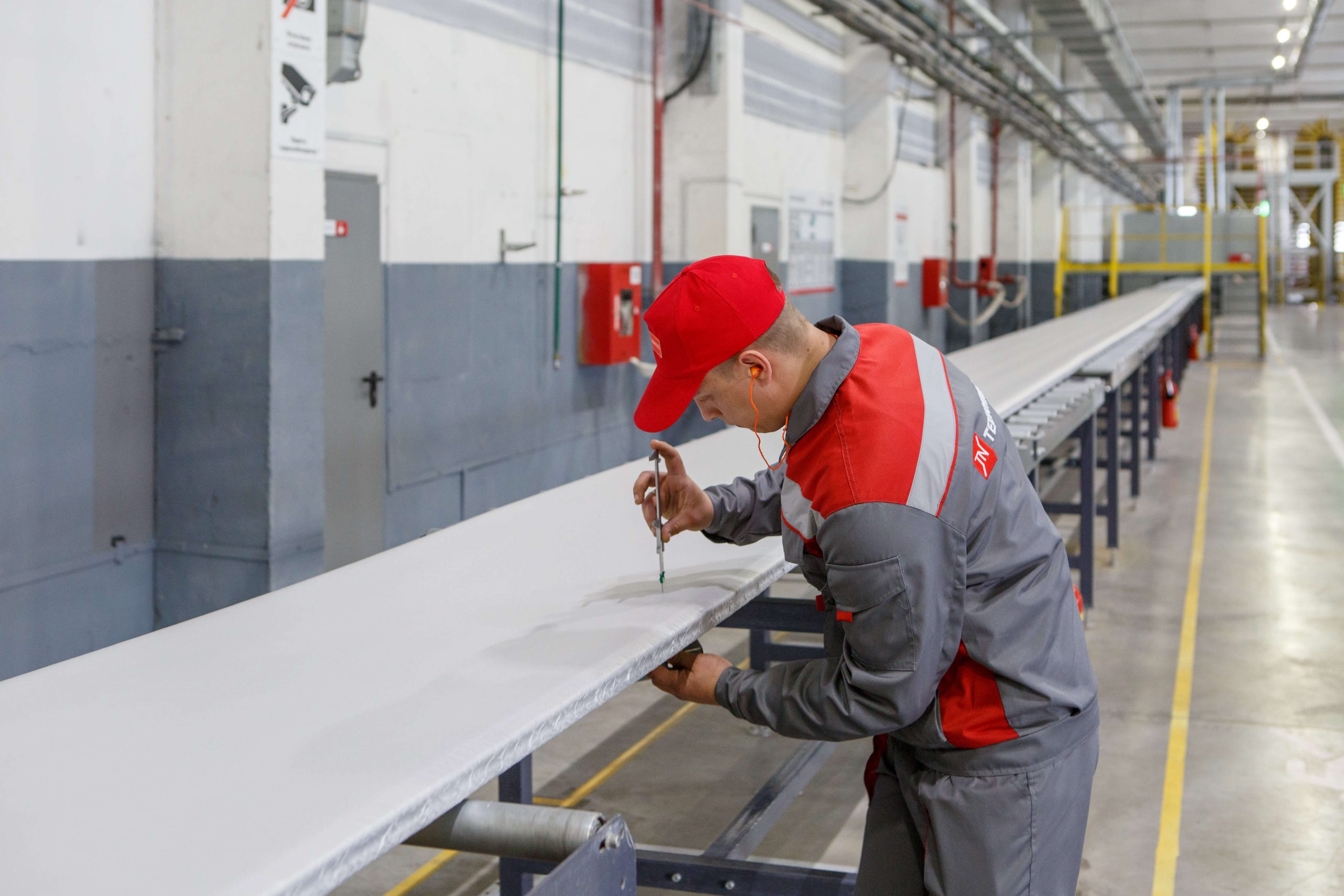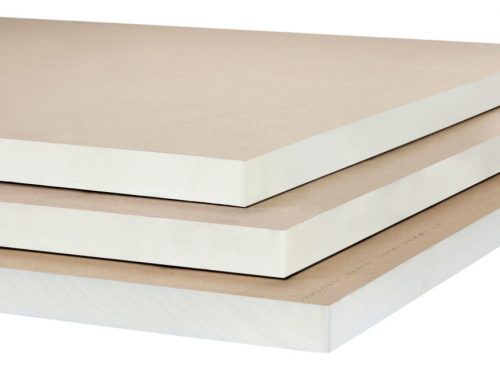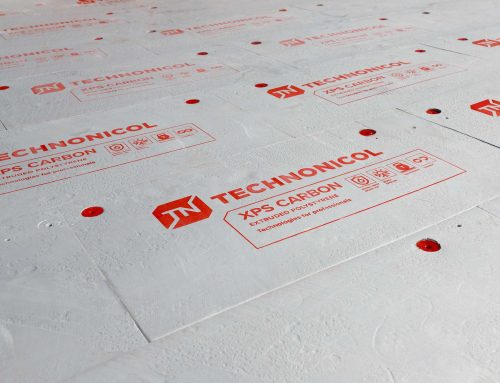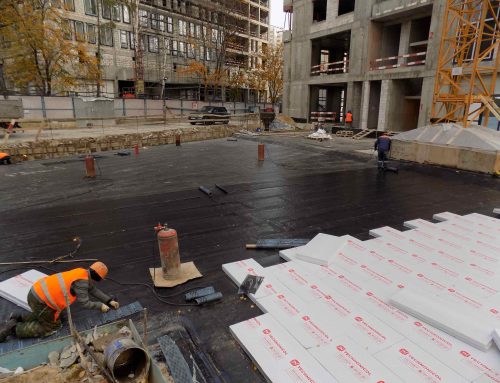Extruded polystyrene (XPS) foam and expanded polystyrene (EPS) foam are made of the same material but produced in different ways. As a result, they are often compared. When it comes to measuring their performance in the area of moisture-resistance, the evidence is clear. XPS foam is the superior material in terms of moisture resistance and maintaining R-value.
Moisture Matters Most
Independent studies have clearly demonstrated that XPS is more moisture resistant than EPS and that XPS maintains R-value better. These are both critical performance indicators for insulation. Objective data from credible, third-party sources is now widely accessible to architects, builders and contractors, ensuring the building and construction industry are better informed about the proven benefits of XPS foam insulation.
Countless laboratory tests show that EPS absorbs more water than XPS, resulting in reduced performance and lost insulation (R-value). This is also seen when comparing both types of insulation in real applications. Numerous independent technical studies reviewed by experts confirm that XPS performs better than EPS in below grade applications.
R-Value Performance
Suppliers of EPS often claim that its R-value is higher when tested at lower temperatures. However, this is demonstrated to be true for both EPS and XPS. What’s important is that when EPS absorbs water, its R-value gets lower even when tested at a lower mean temperature. XPS on the other hand, continues to have a higher R-value at lower mean temperatures even in the presence of water.
To perform well in real world applications, insulation must retain R-value, even when exposed to water for long periods of time. This is because many situations where EPS and XPS are used involve exposure to water, the most prominent being below-grade applications and in roofing.
Production Processes of XPS vs EPS
XPS foam insulation is manufactured in a continuous extrusion process that produces a homogeneous “closed cell” matrix with each cell fully enclosed by polystyrene walls. The homogenous cross section of XPS means very little water is absorbed into the cell structure.
EPS is manufactured by expanding spherical beads in a mold, using heat and pressure to fuse the beads together. While each individual bead is a closed cell environment, there are significant open spaces between each bead where water enters. XPS performs better because there are no tiny voids between the polystyrene cells, limiting heat transfer.
XPS maintains its integrity because water does not penetrate and break down the material during freeze/thaw cycles. EPS, on the other hand, is capable of absorbing water and freezing, which will break down the material over time.
Summary of the Benefits of XPS Foam Insulation
As illustrated, XPS foam insulation is the ideal choice of insulation due to its high compressive strength, low moisture absorption, long working life and resistance to decay. XPS foam insulation is the better insulating material for a wide range of applications, from cold storage construction to apartment buildings, thanks to the superior characteristics it offers:
- Superior insulating characteristics
- Much higher resistance to water and water vapour
- Better freeze-thaw resistance
- Superb compressive strength
- Long-term durability
- Great long-term R-value
XPS foam insulation is also lightweight and easy to work with. It’s the ideal solution when you need insulating boards that won’t swell, shrink or absorb moisture.
Technonicol XPS Foam Insulation Boards Supplied by Plastek
Technonicol’s Carbon XPS foam insulation series is ideal for civil, commercial and industrial building and construction insulation, including floor insulation. At PLASTEK, we supply a range of Technonicol Carbon XPS foam insulation boards depending on the compressive strength specifications required. We’ll help assess the needs of your project and recommend the most appropriate solution.
Related Questions
What is the Australian standard for insulation?
All insulation materials that are sold in Australia must meet Australian Standard AS/NZS 4859, materials for the thermal insulation of buildings, even if they are imported.
Is XPS foam environmentally friendly?
XPS foam insulation is 100% recyclable and contributes enormously to reducing energy use, making it very eco-friendly. Once installed, it lasts decades and significantly lowers the carbon footprint of the building over its lifespan.
Can XPS foam be used for load bearing floors?
Compressive strength is an important consideration when it comes to flooring insulation. Uniformly distributed closed cells in XPS foam insulation give it superior compressive strength characteristics when compared to EPS. This makes it a reliable and long lasting solution when used for flooring.





Leave A Comment